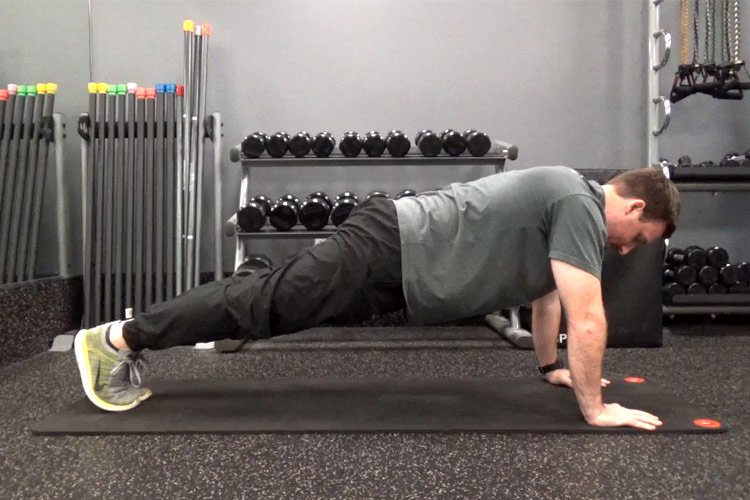New to Exercise? Do These 5 Things Before Starting

September 18, 2020
The majority of Americans don’t meet the recommended daily or weekly guidelines for physical activity, partly because many people think of exercise as a chore, but it doesn’t have to be that way. You can walk, ride bikes, hike, swim, dance, or anything that gets you moving.
“Making an effort to stay active is what matters most,” explains Mitchell Stroh, D.O., an orthopedic surgery specialist at JFK Medical Center. “If you find an activity you enjoy, you’ll be more likely to reach your personal goals.”
Before you get started, consider these 5 tips:
- Find a form of exercise that you enjoy
Think back to your youth or a time when you were active in the past. What activities were you passionate about? Can you do a modified version of that exercise?
If nothing comes to mind, the simplicity of walking may appeal to you. Some people think that walking is boring, but there are ways to spice it up:
- Schedule a standing walking date with a friend, staying 6 feet apart
- Listen to an audiobook, podcast or your favorite music
- Catch up on phone calls with friends during walks
- Be reasonable with your exercise goals
It’s important to understand your limits when you start exercising. Don’t expect to transform from an inactive person to a high mountain hiker in a week. Follow these guidelines:
- If you have a chronic health condition, ask your doctor before you begin exercising
- Start out slowly, gradually adding more time and intensity to your workouts
- Aim for 30 minutes of daily physical activity, or 150 minutes per week
- Make time in your schedule
Some people think that they’re too busy to exercise, but you can prioritize exercise by:
- Adding workouts to your calendar, treating them as important commitments, like work meetings
- Exercising for 10- or 15-minute blocks on busy days to hit 30 minutes for the day
- Sticking with exercise long-term when you miss a day or two
“It may take more than 2 months for your exercise routine to become a habit, so you have to consistently add it to your calendar until it becomes second-nature,” says Dr. Stroh.
- Take steps to avoid injury
Low-impact activities, like walking, tend to cause fewer injuries, and gradual changes to your routine are best. To avoid injury:
- Warm up by walking or jogging, rather than stretching; stretches may be best after workouts
- Increase the time or intensity of your workouts by only 10 percent at a time
- Don’t try to exercise how you did years ago, if you’ve been inactive for a while
- Stay safe during the pandemic
When you exercise, it’s important to follow social-distancing guidelines to protect yourself and others. Be sure to:
- Stay 6 feet away from others
- Wear a mask when indoors or within 6 feet of others outdoors
- Avoid touching your face
- Wash your hands when you return home
- Keep a small bottle of hand sanitizer handy if you need to touch crosswalk buttons
Exercising earlier or later in the day may be a way to avoid crowds.
Next Steps & Resources:
- Meet our clinical contributor: Mitchell Stroh, D.O.
- To make an appointment with Dr. Stroh or a doctor near you, call 800-822-8905 or visit our website.
- How to Relieve Knee Pain Triggered by Everyday Activities
- Are All Of My Devices Giving Me Wrist Pain?
The material provided through HealthU is intended to be used as general information only and should not replace the advice of your physician. Always consult your physician for individual care.
Find a doctor near me
How Exercise Impacts Parkinson’s Disease

Learn how exercise can help manage Parkinson's disease symptoms. Dr. Rossi of JFK Johnson Rehabilitation Institute shares effective exercise strategies. Improve your well-being today.
Maintaining Your Fitness Goals with Wearables

Maintain your fitness goals using wearables. Learn about smartwatches, fitness trackers, and more. Improve your health journey today.
